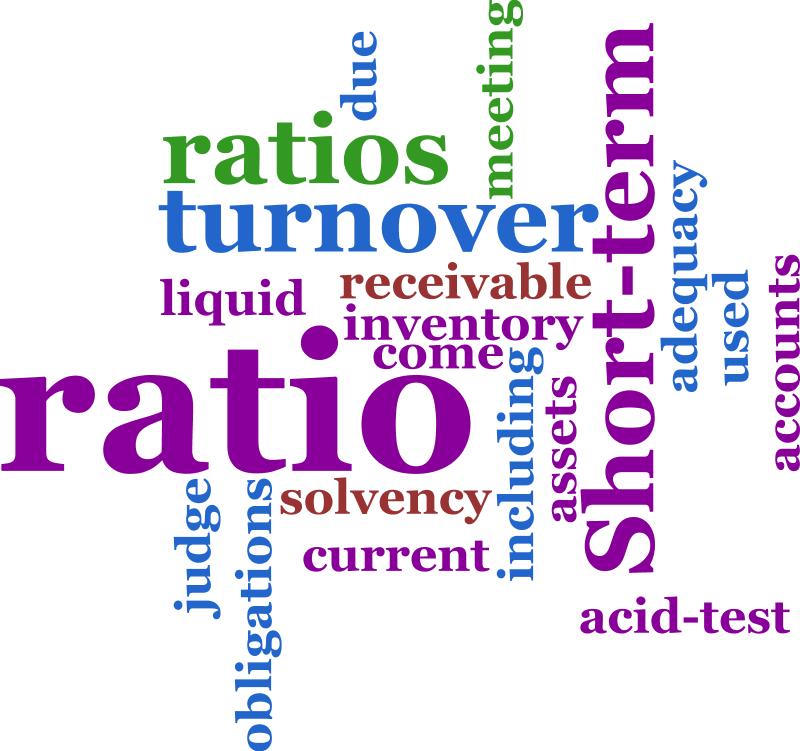Liquidity Ratios or Short Term Solvency Ratios
Post on: 12 Май, 2015 No Comment

Liquidity Ratios or Short Term Solvency Ratios
Liquidity Ratios help us in finding the liquidity or short term solvency of the firm i.e. how capable the fiorm is in dischaging its short term obligations. Thw two most commonly used liquidity ratios are 1) Current Ratio, 2) Liquid Ratio or quick Ratio or Acid Test Ratio.
1) Current Ratio
Current Ratio is athe ratio between current assets and current liabilities of the firm. It measures the ability of the firm to pay its short term liabilioties. Since both Current Assets and Current Liabilities are items of Balance Sheet which shows the financial position of the enterprise on a particular date, Current Ratio also shows the short term solvency of the firm at a particular date. Current ratio is calculated by dividing the sum of Current assets by the sum of Current Liabilities at a particular date.
Current Ratio = Current Assets/Current Liabilities
Current Assets:
Current Assets are the Assets which can be converted into cash or cash equivalents within 12 months after the reporting date. These include:
- Cash and Cash equivalents (cash in hand, cash at bank, cheques, drafts in hand, short term deposits etc)
- Trade receivables ( bills receivables and sundry debtors less provision for doubtful debts)
- Current Investments
- Inventories
- Short term loans and Advances
- Other current assets (prepaid expenses, accrued incomes etc. excluding fictitious assets like unamortised expenses or losses)
Current Liabilities:
Liabilities which have to be paid withion one year form the date of reporting are called current liabilities. These include:
- Short Term Borrowings
- Trade Payables (bills payables and sundry creditors)
- Other current liabilities (outstanding expenses, current maturities of long term debts, unclaimed dividends, calls-in-advance etc)
- Short Term Provisions
Example :
Let us calculate Liquidity Ratio of X ltd form the information given below:
Cash and cash equivalents 500,000
Sundry Debtors 350,000
Provision for doubtful debts 5,000
Land and building 5,000,000
Short term investments 55,000
Prepaid insurance 5000
Sundary creditors 6,50,000
Bills receivables 2,45,000
Bills payables 115,000
Inventories 450,000
Share capital 20,000,000
Now Current ratio or Liquidity Ratio = Current Assets / Current Liabilities
Current assets=Cash and cash equivalents + Sundry Debtors (less provision) + Bills receivables + Short term investments +Prepaid insurance +Inventories
Current Liabilities= Sundry Creditors+ Bills payables+Outstanding Rent
Current ratio= $1,600,000 / $800,000 = 2:1
Ideal Current Ratio:
A current ratio of 2:1 is taken as the ideal Current Ratio. It means that a firm should possess Current Assets which are twice the amount of Current Liabilities at a particular date. How ever the ideal Current Ratio may vary from industry to industry. A very high Current Ratio is not desirable as it indicates the unnecessary blocking of funds of the firm into Current Assets which could have been invested in some other profitable investments.
2) Liquidity Ratio or Quick Ratio or Acid Test Ratio
Liquidity Ratio is the ratio of liquid assets and current liabilities of the firm at a particular date. Liquid Aseets can be calculated by deducting inventories, prepaid expenses, accrued incomes form the total of Current Assets. Liquidity Ratio is calculated by dividing the sum of Liquid Assets by Current Liabilities.
Liquidty Ratio= Liquid or Quick Assets/Current Liabilities
Liquid Assets:
- Cash and Cash equivalents (cash in hand, cash at bank, cheques, drafts in hand, short term deposits etc) Trade receivables (bills receivables and sundary debtors less provision for doubtful debts) Current Investments Short term loans and Advances Other current assets ( excluding prepaid expenses and fictitious assets like unamortised expenses or losses.)
Current Liabilities:
- Short Term Borrowings Trade Payables (bills payables and sundry creditors) Other current liabilities (outstanding expenses, current maturities of long term debts, unclaimed dividends, calls-in-advance etc) Short Term Provisions
Now let us calculate Quick Ratio from the above information:
Quick ratio= Quick Assets/Current Liabilities
Quick Assets or Liquid Assets=Cash and cash equivalents + Sundry Debtors (less provision) + Bills receivables + Short term investments














